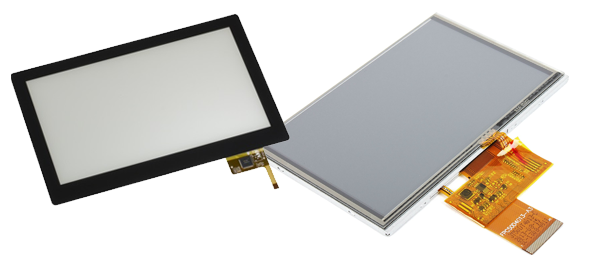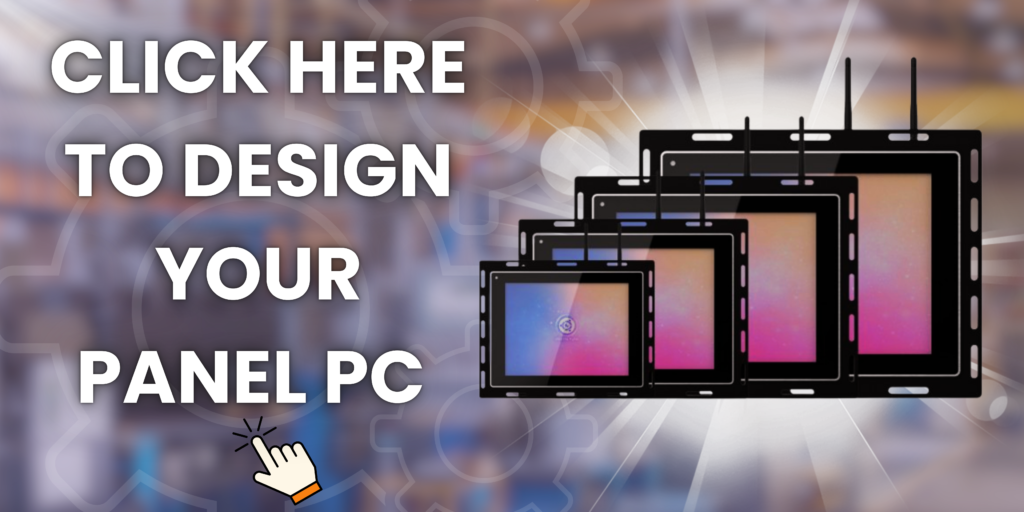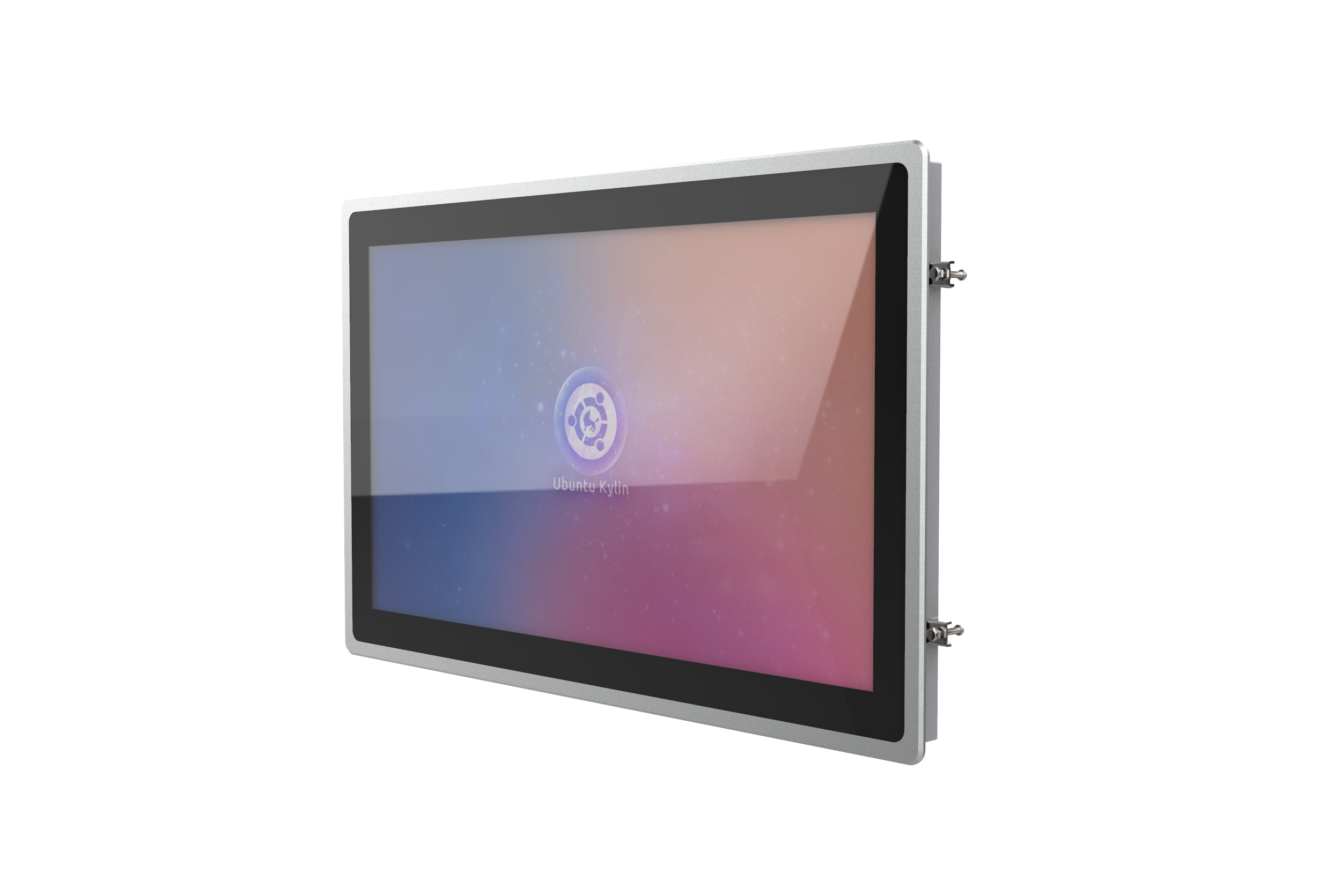Credit: www.makeuseof.com
Looking for a new computer? Those shopping for a new Intel-powered laptop or desktop need to know the differences between the last and the latest generation of Intel processors. As with previous generations, Intel maintains a “tick” and “tock” update cycle of its CPU technology. Tocks indicate architecture upgrades, whereas Ticks represent a “die-shrink”.
The last generation “Ivy Bridge” differs in small, but important ways from the current generation, “Haswell”. Knowing the finer points of Intel’s system will make the difference between getting three or nine hours of laptop battery life. The key to understanding the difference lies in Ticks and Tocks.
Intel’s Tick and Tock Upgrade Cycle
Intel’s update schedule revolves around two kinds of updates, released every 18-months, codenamed as Ticks and Tocks.
What’s a Tick?
When Intel shrinks the die (where the CPU cores and other components sit) by, using a smaller production process, it causes a reduction in the power required by the chip. Consequently, heat production and power requirements drop. Currently, both Haswell and Ivy Bridge use a 22-nm production process. Note, though, that the upcoming Broadwell CPU will use the 14-nm production process and is rumored to use substantially less power than even Haswell.
What’s a Tock?
Currently, Haswell represents a “Tock” in the upgrade cycle, meaning it’s a new microarchitecture and thus (on desktops) uses the new LGA1150 socket. Almost always, “tocks” result in a socket change. Each CPU also comes with a corresponding motherboard and chipset. Chipsets provide a number of functions neccessary for your computer to run. In recent years, there’s been a trend to move chipset features directly onto the CPU. For example, the former Southbridge and Northbridge systems were further reduced in Haswell. Many features normally contained within the Southbridge and Northbridge were moved onto Intel’s Platform Controller Hub chip. Haswell covers the Z87 chipset and Ivy Bridge covers the Z77 and the Series 6 (which it shares with Sandy Bridge) chipsets. The shift improves system performance.
Power Reduction and Mobile
As with all CPU technologies, the mobile versions of desktop CPUs offer reduced power requirements and lower heat production. They manage to offer such improvements by also reducing their frequencies and number of cores. Any CPU name that includes a “U”, or “Y” (“M” CPUs are not CULV) added to its end, such as Core i7-4610Y, is a mobile (designated as Consumer Ultra-Low Voltage) variant. The first number following the iX- represents the generation of CPU. A “3” means Ivy Bridge and a “4” means Haswell. Unfortunately, in its Pentium and Celeron range of CPUs (which also can use the Haswell architecture), Intel discards its nomenclature.
In its Haswell design, Intel chose to focus specifically on lower power requirements. This fact stands out when examining the battery life of Ivy Bridge against Haswell laptops. In general, mobile Haswell chips offer a near doubling of battery life over Ivy Bridge. All CULV variants have two cores instead of four. CULV processors are distinct from CPUs with an “M” appended to the end. M-appended CPUs can offer up to four cores, but require more power.
Z87 Chipset and Its Derivatives
An important upgrade from Ivy Bridge to Haswell lies in its corresponding chipset. Z87 offers a feature known as “Quick Sync“, which allows users to quickly transfer media files between devices. While Quick Sync existed since Sandy Bridge, the predecessor to Ivy Bridge, it has since developed into a powerhouse for quick movement, and on-the-fly transcoding of video files. The Z87 chipset also allows overclocking of the CPU, RAM and GPU.
There has been a continuing trend among chipset development to move chipset components from the motherboard to the CPU. In Haswell, the biggest change is the movement of the voltage regulator from the motherboard to the CPU. This results in higher temperatures and reduced power consumption. This move clearly shifted Intel’s design focus from the desktop to mobile.
It’s also important to note that there are different variants of the Z87 out there, including the lower-end B85, Q85, Q87, H81 and H87.
Faster CPU Performance
The per-core performance of Haswell remains only marginally above that of Ivy Bridge. In layman’s terms this means that Haswell isn’t appreciably faster than Ivy Bridge. Benchmarks indicate only a few percentile points of difference between the last few generations of Intel processor.
Keep in mind that Intel’s CPU performance trounces its competition from AMD, both in mobile and in desktop platforms.
Overclocking Ability
Like Ivy Bridge, Haswell offers poor overclocking potential. This extends primarily from two factors: First, the integration of the voltage regulator into the CPU and, second, Intel’s controversial decision to cease using soldered on TIM and instead use (what some refer to as ‘cheap’) thermal paste between the integrated heat spreader and the die of the CPU. Also, the integrated voltage regulator in Haswell limits its overclocking potential. Overall, Ivy Bridge overclocks its frequency slightly more than Haswell.
Fortunately, it appears that Intel listens to its customers – they recently announced that they would improve the thermal compound used in their CPUs. However, whether or not they decide to return to soldered on TIM remains unknown.
Haswell can provide better performance after overclocking, relative to Ivy Bridge, as the Z87 chipset allows a greater number of variables to be tampered with. But in the end, the total percentage in performance gained through overclocking potential falls short of older CPUs and AMD’s offerings. In short, due to IPC improvements (Haswell CPUs are slightly faster at the same frequencies than Ivy Bridge by default), overclockers will get slightly better performance out of Haswell compared to Ivy Bridge. Though, overclocking seems to be on the way out.
Integrated Graphics
In the jump from Ivy Bridge, Intel made major changes to Haswell’s integrated graphics. These improvements serve to stratify Intel’s mobile chip offerings. For example, on higher end mobile platforms Iris Pro is designated by “HQ” being appended onto the Core iX-XXXX designation, as mentioned earlier. On HQ model CPUs, you receive the sublime Iris Pro 5200. On the desktop and on other mobile CPUs, you receive access to HD4400 and HD4600 GPUs, which isn’t exactly Iris Pro, but is fairly competitive with AMD’s integrated graphics (what’s an APU?). Unfortunately, Iris Pro remains prohibitively expensive.
In short, if you need graphics over single-threaded processing power in the low-end market, you should choose an AMD chipset. If you have the money to spare, consider getting a more expensive Intel laptop. However, be aware of which CPUs offer Iris Pro (see below, under “Mobile and Laptop“).
What CPU is Right for You?
Two distinct markets exist for Haswell and Ivy Bridge CPUs: desktop and mobile. But how do you know whether the lower prices offered by the previous generation outweigh the advances made in Haswell?
Desktop
On the desktop the biggest difference is the Z87 chipset that accompanies Haswell. As mentioned earlier, Z87 offers Quick Sync among other improvements. However, unless you use these features, the only reason to purchase Haswell is the potential to upgrade the CPU in the upcoming Broadwell release, which also uses the LGA1150 socket.
On the downside, Haswell doesn’t represent a substantial increase in processing power over Ivy Bridge. In truth, Haswell manages to squeeze out only a few percentage points in single-threaded performance. If you are looking for gaming or other performance increases, you won’t really notice the difference between Haswell and Ivy Bridge.
Mobile and Laptop
Haswell represents a rather large upgrade over Ivy Bridge in terms of battery efficiency and integrated graphics – both key considerations on the mobile platform. As a result, I don’t really consider Ivy Bridge to be competitive to Haswell in the mobile market, particularly since there doesn’t appear to be a large price differential between the two in that market segment. In terms of overall value, consumers get more from Haswell devices on laptops.
It’s also worth noting that the latest generation of Atom CPUs (which were unfortunately rebranded as Celeron and Pentium CPUs) finally integrate its Atom series processor with some of the major innovations made in the Ivy Bridge architecture, such as the integrated GPU and Tri-gate transistor design. The final product (such as the Celeron J1900) offers a ridiculous performance-to-watt ratio. However because of intentional attempts to confuse consumers, it’s difficult to know whether or not you’re getting an Atom-derived Pentium or Celeron or a Haswell, Ivy Bridge or older Celeron or Pentium. Make sure to research each CPU to make sure if it’s of the right architecture.
Conclusion
In a nutshell, for those buying a mobile device, Haswell offers quite a bit, including appreciably better battery performance and improved integrated graphics. For those buying desktops, you don’t gain a substantial amount of performance from Haswell CPUs, but you do get a really great chipset in the Z87 (and its derivatives).






















